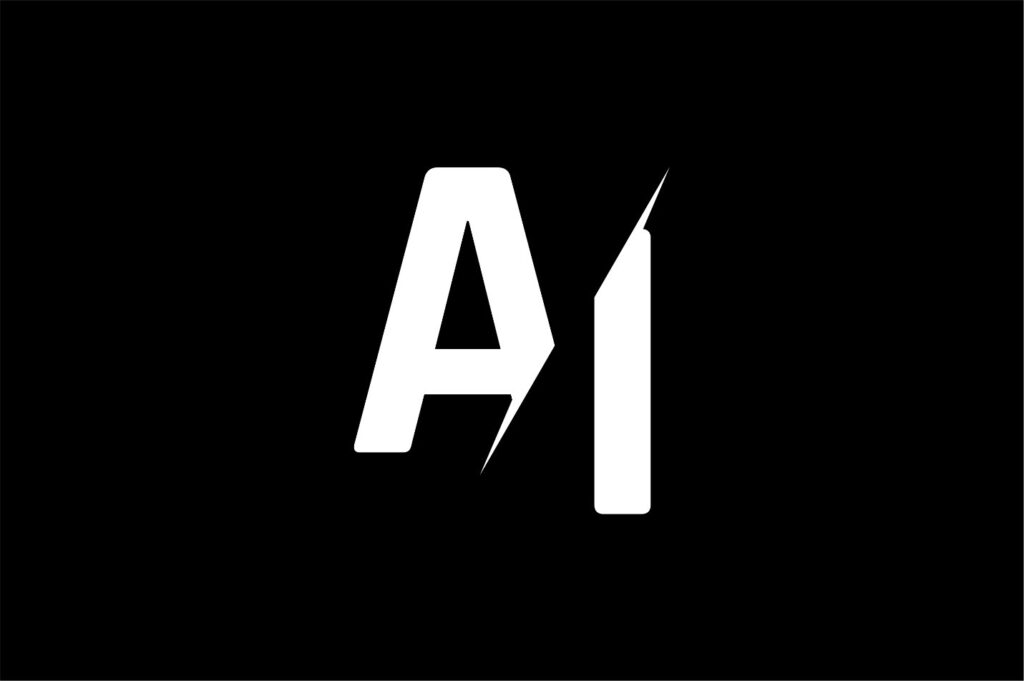Hint: It’s all about PREPping

For all its ‘knowledge’, AI doesn’t quite get it when it comes to producing the information or results we’re asking it to do. According to Steve Toback, a Media Architect and Senior Producer for Academic Media Production with Duke University’s Office of Information Technology, the key to getting the outcomes you’re looking for comes to four things.
“Writing prompts is really kind of an art and a science in one, and it requires trial and error,” Toback said. A mnemonic suggested by Microsoft more recently is what Toback points people toward now. It’s all about “PREP” when prompting: P stands for Persona, R for Role, E for Explicit, and the final P for Parameters. “Just like in life, the better question you ask the better answer you get back,” Toback said. “And there’s very specific ways that these chatbots want to be asked questions.”
An infographic from Copilot demonstrates how to optimize your chances of getting accurate results the first time you prompt your AI assistant.
Persona: AI needs to know who you want it to respond as
Use phrasing such as “Act as if…” For example, act as if you are an expert marine biologist” or “Act as if you’re a 19th Century American poet.” Giving it parameters, Toback explains, helps the AI filter what’s irrelevant.
Role: Tell AI who the audience is
Start by explaining who the audience will be for your AI-generated prompt. “Explain your response as if the audience is nuclear scientists at a conference.” That explanation helps AI generate an audience- and age-appropriate response.
Explicit
AI does not yet understand subtlety or human emotion so it’s imperative to state your objective clearly. It’s not enough to say “Show me a group of ethnically diverse high schoolers. You need to specify. Tell AI to produce a group including an Asian female, an Indian male, and an African-American senior citizen.
Parameters: Set boundaries
It’s not enough to tell your AI assistant to write an article about the ins and outs of Mexican cooking. Tell it how many words maximum. Don’t just say draw me an illustration of a New York City. Tell AI to draw an illustration of New York facing south from the top of the Empire State Building.
Experiment with different prompts. Ask AI to give you suggestions to achieve your goal. Equally important at this stage of AI adoption: Fact check the responses your AI assistant gives you. AI is still to making things up — hallucinate — and that can be problematic.
Top 3 Takeaways
- Giving AI prompts is an art and a science
- Use the PREP mnemonic to get the best Ai prompts
- Fact check the results AI produces







